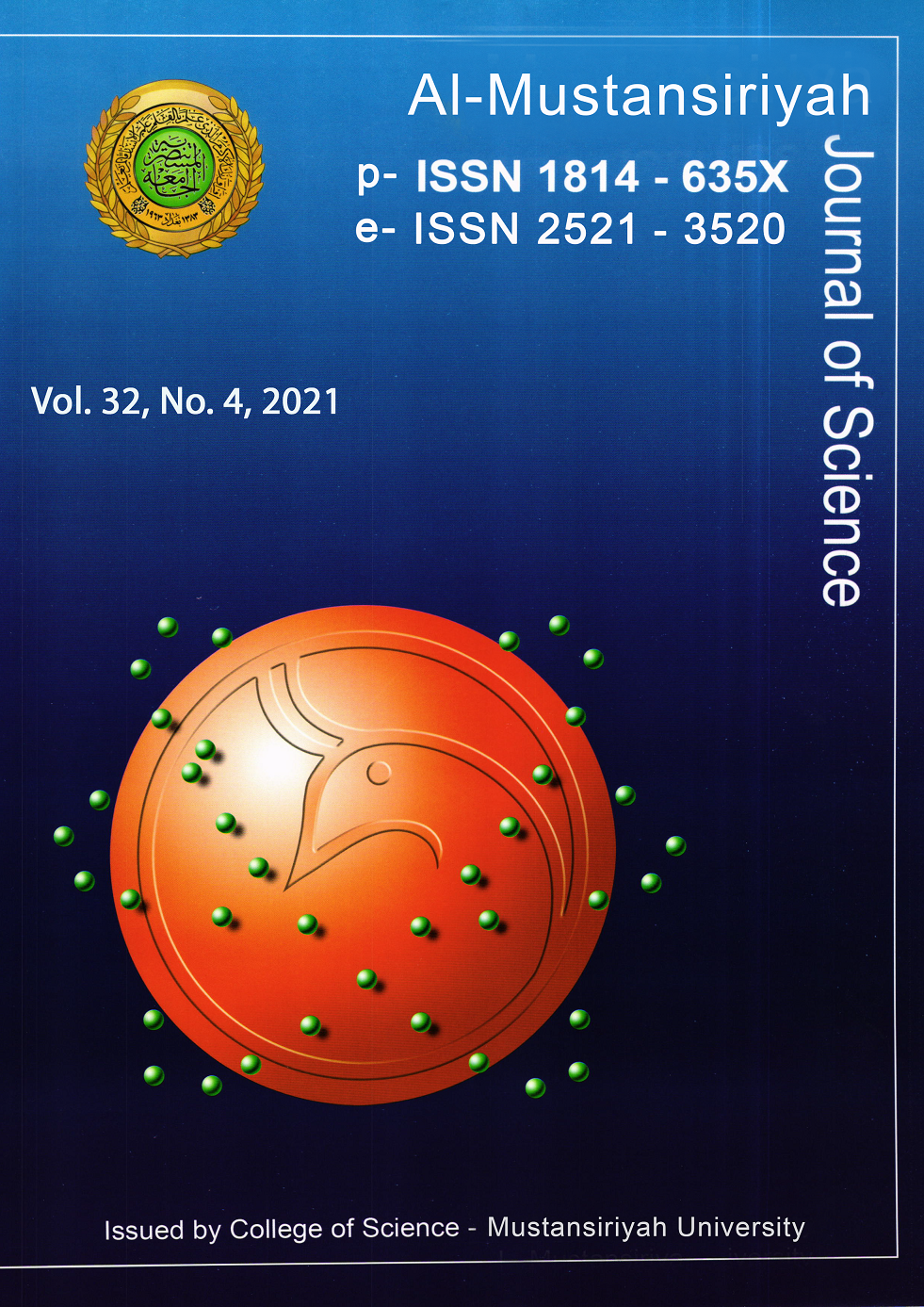Performance of Elliptical Solar Cooker Suitable for Baghdad Environment
DOI:
https://doi.org/10.23851/mjs.v32i4.1011Keywords:
solar cooker, thermal efficiency, elliptical solar cookerAbstract
In this research, a solar cooker was manufacture from the scrap of an elliptical satellite dish, the dish was covered with reflective layer of aluminum that reflects up to up to 85% of solar radiation. This solar cooker has the ability to move horizontally in 360 degrees and vertically in 90 degrees, which makes it easier to follow the movement of the sun. Experimental investigation was carried out on this solar cooker in January, March, June, September between the hours of 9:00 AM. to 3:00 PM local time in Baghdad city in year 2020, by heating 1 L of water at every experiment, the results showed the best month for testing is June, due to the increase in the intensity of solar radiation and the reduced influence of weather factors, wind speed and cloud cover. this changing environmental conditions led to an instability in energy efficiency. The results also showed that the thermal efficiency is correlated inversely with solar radiation. This means that whenever the quantity of solar radiation was high we needed less energy to raise the temperature of the water, because the thermal efficiency is the ratio of the sensible energy required to heat the mass of water in the pot when the solar energy falls on the dish at the same time, and is correlated inversely with temperature and wind speed.
Downloads
References
Saxena, A., V. Goel, and M. Karakilcik, Solar food processing and cooking methodologies, in Applications of Solar Energy. 2018, Springer. p. 251-294.
Guidara, Z., et al., Thermal performance of a solar box cooker with outer reflectors: Numerical study and experimental investigation. Solar Energy, 2017. 158: p. 347-359.
Modibo, S., et al., Comparative Exergy Experimental Evaluation of Parabolic and Elliptical Solar Cookers. J Fundam Renewable Energy Appl, 2019. 9(279): p. 2.
Touré, S. and M. Sidibé. Design and evaluation of a conical solar cooker in glazed and non-glazed configurations: Cooking tests. in IOP Conference Series: Earth and Environmental Science. 2017. IOP Publishing.
Muthusivagami, R., R. Velraj, and R. Sethumadhavan, Solar cookers with and without thermal storage-a review. Renewable and Sustainable Energy Reviews, 2010. 14(2): p. 691-701.
Kumar, S., Estimation of design parameters for thermal performance evaluation of box-type solar cooker. Renewable Energy, 2005. 30(7): p. 1117-1126.
Mahmood, Y.H. and R.Y. Al-Salih. Experimental study of two different types of solar dish characteristics and its efficiency based on Tikrit, Iraq weather conditions. in Journal of Physics: Conference Series. 2018. IOP Publishing.
Touré, S. and M. Sidibé, desing, Realistion and Experimentation of A solar cooker Fitted with an Ellipsoidal concentrator : Preliminary Resultants of cooking Tessts .''
Shukla, S., Comparison of energy and exergy efficiency of community and domestic type parabolic solar cookers. International Journal of Green Energy, 2009. 6(5): p. 437-449.
Okoro, C., Design and Performance Evaluation of a Parabolic Solar Cooker. 2015, FUTO.
Downloads
Key Dates
Received
Accepted
Published
Issue
Section
License
Copyright (c) 2021 Al-Mustansiriyah Journal of Science

This work is licensed under a Creative Commons Attribution 4.0 International License.
(Starting May 5, 2024) Authors retain copyright and grant the journal right of first publication with the work simultaneously licensed under a Creative Commons Attribution (CC-BY) 4.0 License that allows others to share the work with an acknowledgement of the work’s authorship and initial publication in this journal.






















